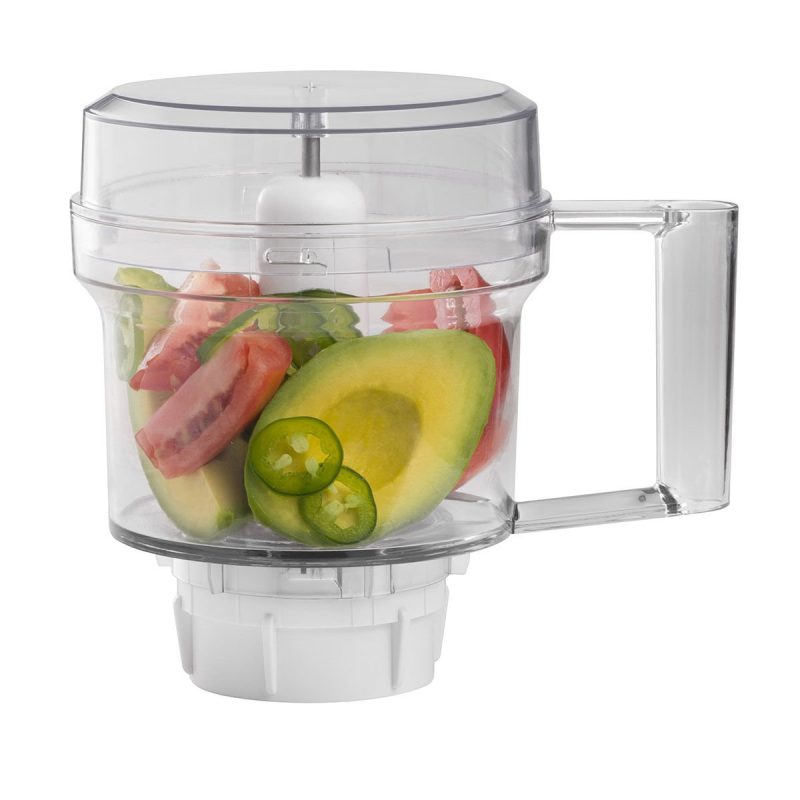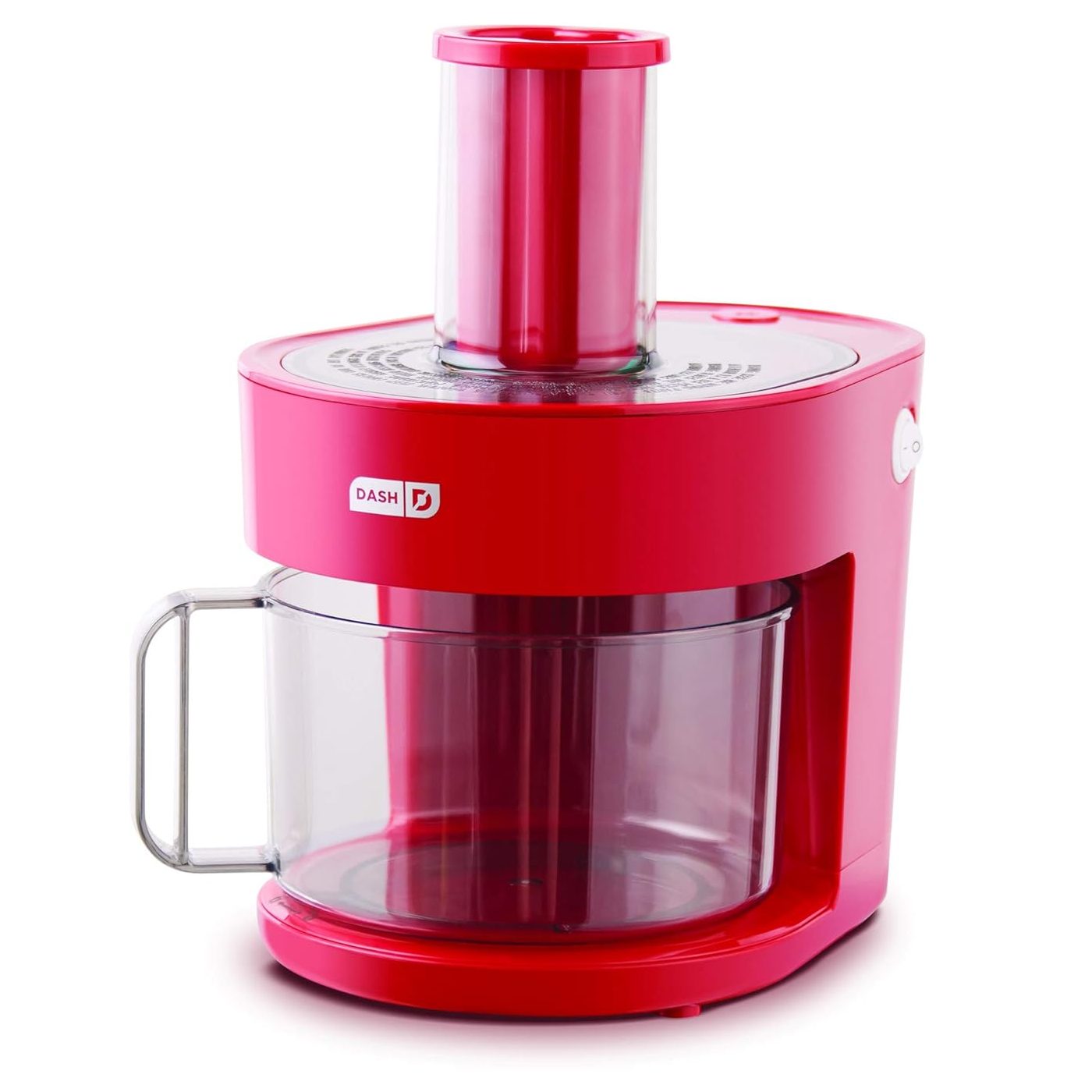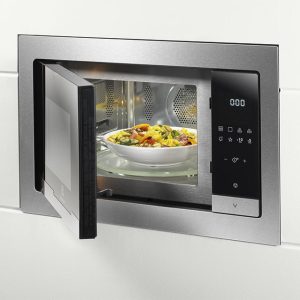
When it comes to kitchen appliances, blenders and food processors are two of the most versatile tools that can significantly streamline food preparation. Each has its own strengths, but many home cooks often wonder: Can I use a blender instead of a food processor? While both appliances blend ingredients, they serve different primary functions and are designed for various tasks. This article will explore their differences, use cases, and effectiveness to help you make an informed decision about your culinary needs.
Understanding the Basics: What is a Blender?
Blenders are primarily designed to combine liquids and soft foods, creating smooth and homogenous mixtures. They come equipped with sharp blades that rapidly spin to chop and liquefy ingredients. Blenders are perfect for tasks such as making smoothies, soups, sauces, and even some desserts like sorbets or purees.
Types of Blenders
There are various types of blenders on the market:
- Countertop Blenders: The most common type, designed for everyday blending tasks. They feature a pitcher that sits on a base with motorized blades.
- Immersion Blenders: Also known as hand blenders, these handheld devices can blend ingredients directly in a pot or bowl. They are excellent for making soups or sauces without dirtying additional dishes.
- Personal Blenders: These are smaller, designed for single servings, and often come with travel cups, making them perfect for on-the-go smoothies.
Understanding the Basics: What is a Food Processor?
A food processor is a multifunctional kitchen appliance designed for a variety of food preparation tasks. It typically comes with several attachments, including various blades and discs. Food processors can chop, slice, shred, knead, and mix, making them suitable for a wide range of recipes.
Types of Food Processors
Food processors also have different styles and functionalities:
- Full-Size Food Processors: Often equipped with a large bowl, these machines can handle massive volumes of ingredients, making them ideal for batch cooking or large family meals.
- Mini Food Processors: Smaller and more compact, these are great for smaller food prep tasks like chopping herbs or making dressings.
- Specialized Food Processors: Some models come with unique features such as attachments for dicing or spiralizing vegetables.
Key Differences Between Blenders and Food Processors
Understanding the differences between these two appliances can clarify their specific uses and functionalities, allowing you to know when to use each.
1. Purpose and Functionality
- Blenders: Best for liquid-heavy mixtures. They excel at emulsifying liquids and soft ingredients to create smoothies, soups, and sauces.
- Food Processors: Versatile for solid ingredients. They can chop, slice, dice, and shred, making them ideal for salads, salsas, and even kneading dough.
2. Blade Design and Movement
- Blenders: Feature sharp, spinning blades that create a vortex, pulling ingredients down to achieve a smoother texture.
- Food Processors: Come with various types of blades designed for specific tasks. The movement and design allow for more control in cutting and chopping.
3. Capacity and Size
- Blenders: Typically designed with a narrow pitcher, making them better suited for smaller, liquid-heavy batches.
- Food Processors: Generally larger, with wider bowls that can accommodate a greater volume of solid ingredients.
4. Ease of Cleaning
- Blenders: Usually easier to clean since they have fewer parts. Many are also dishwasher-safe.
- Food Processors: Cleaning can be more cumbersome due to multiple parts, but some models are designed with easy-clean features.
5. Noise Levels
- Blenders: Tend to be noisier due to their powerful motors that can create high RPMs to blend ingredients efficiently.
- Food Processors: Can also be loud, but the noise level can vary depending on the motor and the specific tasks being performed.
When to Use a Blender Instead of a Food Processor
While blenders and food processors serve different purposes, specific scenarios warrant using a blender when a food processor could typically be employed. Here are some examples:
Making Smoothies and Drinkable Soups
When preparing smoothies, a blender is hands down the best choice. The motor and blade mechanism work perfectly to create a creamy consistency, ensuring that frozen fruits and leafy greens are fully integrated.
For drinkable soups, a blender can puree cooked vegetables and broth into a smooth soup. While a food processor could technically perform this task, it would not achieve the same velvety texture.
Whipping Up Sauces
If you’re making a vinaigrette, pesto, or any sauce that requires emulsifying or blending, a blender can be highly effective. Its ability to create a vortex is particularly beneficial for emulsifying oil and vinegar in dressings.
Creating Smooth Desserts
Blenders can easily mix up ingredients for smoothies or purees for desserts like sorbet. If you’re blending frozen fruits or ice cream, the powerful motor can break down ice better than a food processor, leading to a smoother dessert.
When to Use a Food Processor Instead of a Blender
Conversely, there are tasks where a food processor shines, often outperforming a blender in efficiency and results.
Preparing Chopped Ingredients
If you’re chopping vegetables for a salad or a stir-fry, a food processor will get the job done quicker and more uniformly. It allows for different cutting styles, such as dicing or shredding, which a blender cannot do effectively.
Making Dough
Food processors are equipped to handle dough, whether you’re making bread, pizza, or pastries. They can easily combine flour, fats, and liquids in a way that a blender is not designed to do.
Grating and Shredding
If your recipe calls for grated cheese or shredded vegetables, a food processor with the right attachments is ideal. The blades in food processors are made to shred ingredients finely and efficiently, while a blender might turn them into mush.
 Cost Considerations: Which is More Cost-Effective?
Cost Considerations: Which is More Cost-Effective?
When weighing whether to purchase a blender or a food processor, it’s essential to consider the cost. High-quality models of each appliance can range widely in price.
Blenders
A decent countertop blender can range from $30 to over $500, depending on brand, wattage, and features. For basic blending tasks, a mid-range blender (around $100) will usually suffice.
Food Processors
Food processors can also vary in price, starting around $50 for mini or less potent versions, with full-size models exceeding $300. The price may reflect features, capacity, and functionality, so it’s crucial to select a model that fits your cooking habits.
Combining the Use of Both Appliances
If your cooking style includes a diverse range of tasks, both blenders and food processors can be invaluable. Many home cooks find that investing in both appliances, while potentially expensive, can significantly save time and effort in meal preparation.
Choosing the Right Appliance for Your Needs
If you need an appliance primarily for smoothies, soups, or sauces, a blender is the way to go. For tasks that include chopping, shredding, or mixing dough, a food processor is essential.
Conclusion: Can I Use a Blender Instead of Food Processor?
In summary, while you can use a blender instead of a food processor for certain tasks, the effectiveness of each appliance varies based on what you are trying to accomplish in the kitchen. Blenders excel at creating smooth liquids, while food processors are the go-to for chopping and mixing solid ingredients. Ultimately, the answer to “Can I use a blender instead of a food processor?” is yes in some cases, but investing in both tools may offer the greatest versatility for those who love to cook.







